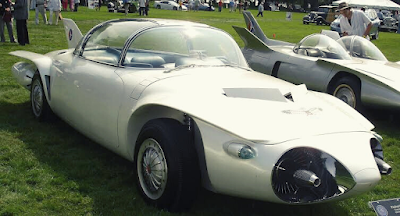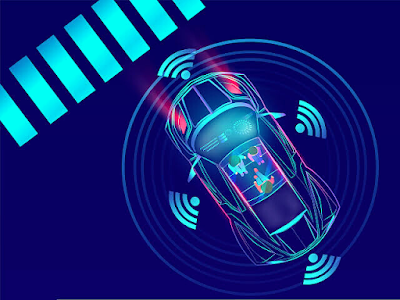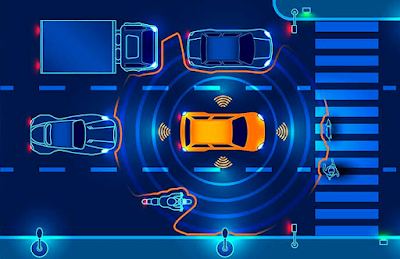The History of Driverless Cars
The history of Driverless Cars dates back for decades.
 |
| The History of Driverless Cars |
This article will take you through the development of Driverless Cars with an introduction to the concept of a self-driving car.
And major developments on the topic and how it is progressing.
Also, there are car manufacturers on the verge of implementing several anti-lock braking system technologies and the vehicle operation technologies.
This will provide a very good framework to refine the innovation of Driverless Cars and provide a more accurate performance of the technology.
At the moment, most companies are still engaged in experimentations using prototype vehicles.
Getting Test-Driving Information
One of the benefits of a driverless car is that it greatly cuts on gasoline use and other operational expenses.
In the United States, 14 states currently offer exemptions to drivers for the use of their own personal vehicles on public roads.
Currently, the benefits to the economy vary, especially in the automotive manufacturing industry that has to meet the stringent emissions standards as well as some mobility-related safety requirements.
 |
| invented the self-driving cars |
At least one of the biggest challenges facing the development of a self-driving car is the lack of reliable information on how quickly the vehicle performs in various conditions.
Autonomous cars will need access to enough accurate test data for continuous optimization.
Safety Issues
Safety is another major obstacle for the development of Driverless Cars. Unchecked, “autonomous vehicles” will certainly cause more traffic accidents as these vehicles respond to real-time conditions without observation.
In addition, a driverless car could be programmed to take over from humans at any time. Just like the onboard-vehicle computer used during training to develop a sense of direction.
While taking charge, drivers can make the whole vehicle unpredictable for its opponent, or crash it accidentally. An example of a car crash caused by a driverless car can be seen in the Tom Cruise vehicle “The Cruise”.
The driving of the vehicle was impossible due to a lack of info. This fiasco was left unresolved for a long time due to the fact that Cruise refused to take full blame for the crash, but instead a “self-learning” security system only enabled him to take a part.
 |
| the first ever self driving car |
A truly autonomous vehicle would need a formula of many algorithms to verify its driving performance, but it could only be a practical hope once sensors connected to the machine are able to accurately monitor the vehicle’s movement during driving.
What is probably still lacking,
is the certainty that the following technologies can be implemented efficiently: vehicle-to-vehicle communication and that entities connected to the vehicle and other vehicle networks would be able to co-operate effectively to contribute information.
Not only would self-driving cars benefit from new offerings of this kind, the world at large should learn from the improvements of the technology and demand more autonomous vehicles on the road.
Differential Voltage Proton Exchange Paper presented at The Semiconductor Industry Sourcing Conference is showing the different ways that the Vehicles,
Vehicle Network interface and Vehicle Network terminals could integrate and co-operate to make innovative combination of communication for vehicles and Truck. The same technology is used in Energy Fields.
The Entities
Current technologies only work with single vehicle units. In this case, the resulting artificial network must provide multiple self-learning cars to the vehicles under surveillance.
 |
| self-driving cars |
In a successful meeting of these vehicles, the vehicle operation will become secure and consistent.
Since prototypes will represent the first stage in creating an interoperable vehicle network, further information dissemination might be especially difficult.
In this case, we see the power and limit of human control, making us wonder why drivers are performing the driving in the first place.
According to the mathematical models for big science, control and connections should not prevent further development.
In conclusion
Driverless Cars are likely to arrive on the road within a few years.
The automotive industry will go through massive growth during that period, however, the development of Driverless Cars will be difficult until AI drivers are taken for a test drive and independent road learning becomes a reality.
The absence of safe feedback is the sole reason why the development of an exemplary machine will not create the effect that a driver would have had on a testing car.


0 Comments
If you have any problem let me know